The era of the Internet of things (IoT) began to develop rapidly in 2008-2009 when the number of devices connected to the Internet exceeded the world’s population. Although the first attempts to define the concept of the Internet of things was developed 10 years earlier - in 1999, its well-known content (household appliances and surrounding things, combined into a single network) was formulated in 2004.
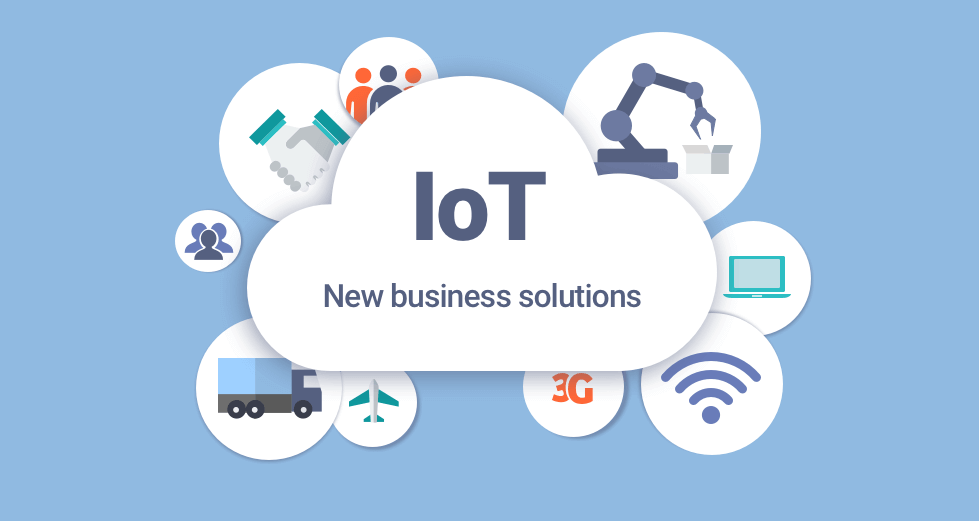
Is the Internet of Things an Innovation or Already Reality?
More and more over recent years IoT has been vigorously discussed in the media, so sometimes it seems that it is already here, but it is not so. A number of companies have already actually implemented this novelty in their business processes, however, many continue to observe the development of technology from the outside. IoT is tightly connected with robotization and the replacement of manual labor. This duel connectivity means it can develop in two directions - creating new "smart" things for consumers and businesses, and optimizing the internal processes of enterprises, that is, increasing their economic efficiency. We decided to devote this article to the main aspects of IoT for business, in order to justify or deny the need for its implementation today.
What Is the Internet of Things? and Its Necessity in the Global Scale
IoT technologies significantly transform personal and social aspects of life, as well as business and even entire industries. Also, they have the potential to solve some of the biggest global problems of our time.
For example, the mobile operator Verizon analyzed and determined that today up to 50% of the harvested crops never reach the end user. This problem can be solved thanks to an automated food logistics system. Also, about 25% of the crop can be saved thanks to online monitoring of weather conditions. This may be one of the components of the solution to the global problem of hunger.
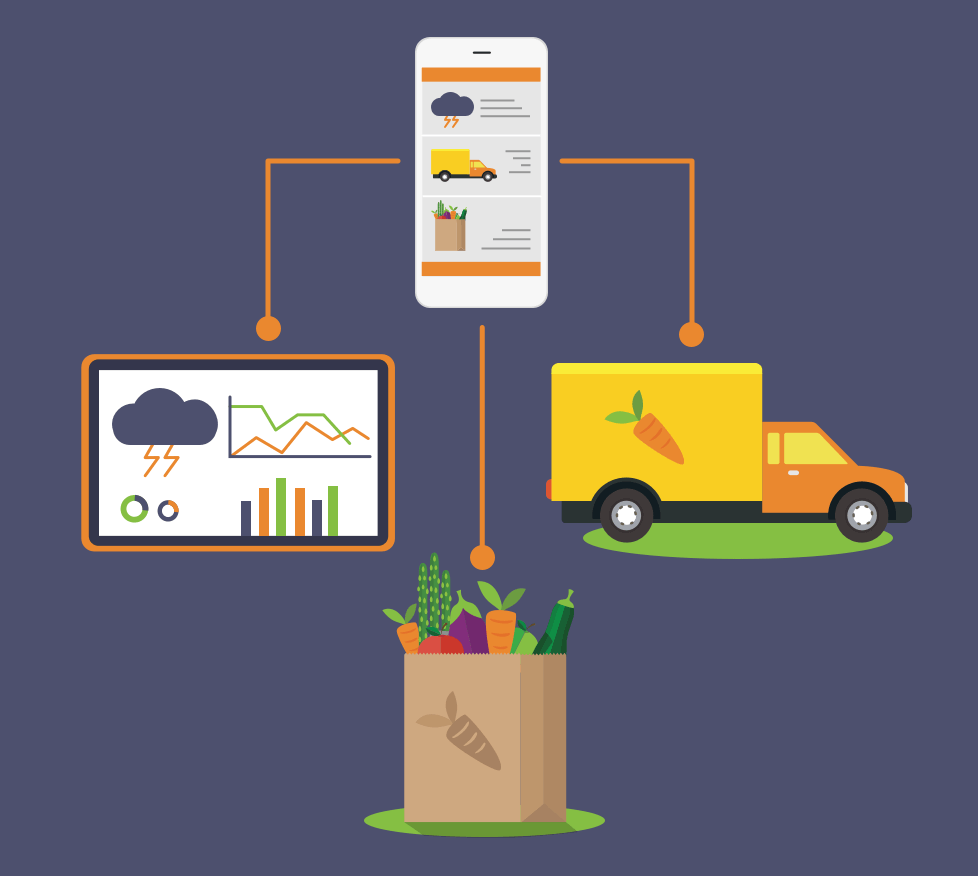
Continuing to answer a question what is the Internet of things?, we will say that it can also positively affect the health and longevity of the population. In Australia, with the help of wearable sensors, doctors can now remotely monitor a patient’s health status and react in real time. Though this is not the only application of IoT in healthcare. Mobile operator AT&T in the US has developed a system designed to solve one of the most dangerous problems for the elderly - unexpected falls. A small device automatically detects a sharp change in the position of the owner's body and contacts the call center to provide immediate assistance. Even such an IoT "niche" solution significantly improves the quality of people's lives.
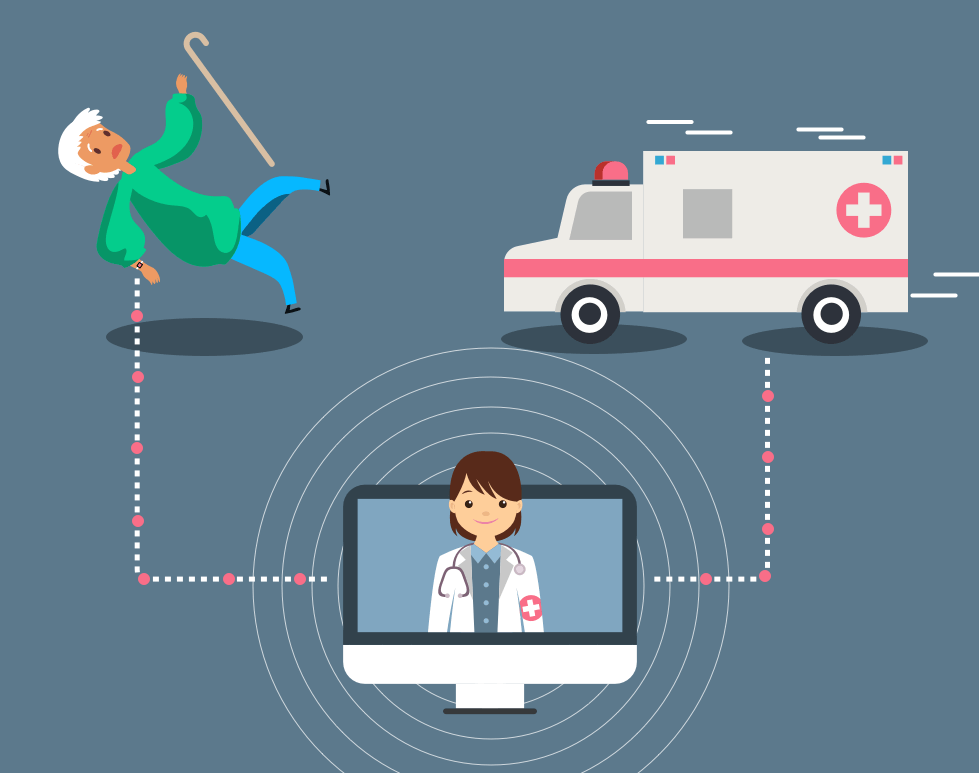
Define IoT in Practice: How Will This Affect the Lives of Ordinary Citizens?
In people's lives, there will be less room for domestic problems, which means that more time can be devoted to family, creativity, and hobbies. The item connected to the Internet will also give people more opportunities for rational resource management. Already today they help to optimally consume heat, water, light and save on payment for utilities.
It is important to note that not only the lives of individuals, but also entire industries will change, and the future development of IoT will prove this. One of the most affected industries, perhaps, will be telecom, as mobile operators will gradually change their business models from network providers to providers of "smart" services and applications.
IoT for Business: The Problems of Implementation
By and large, today nothing prevents the spread of the IoT, it is ubiquitous. The most urgent question is: what prevents the introduction of certain technologies that are developed, but not widely used?
The answer is in the efficiency of markets and their capitalization: what can be implemented already in the US market, can not be introduced yet in Russia, and even more so somewhere in Africa. The only constraining reason is the difference in the economic environment.
If we eliminate the main stop factors (prices, the low solvency of the population), then we can assume that consumers of these services can be residents of any locality where there is Internet coverage. In the long term (10 years), the level of penetration of elements of the IoT will grow rapidly everywhere.
Where to Expect the Highest Profits from IoT
Where, in which sectors and segments can we expect the largest, and, most importantly, the fastest financial returns? If we are talking about the B2C market, it is most likely new services, new revenue and new values for the customer. It was just a refrigerator, but it was turned into a smart one, and a person is ready to pay a premium for it. That is, in this case, a new market appears and with it a new source of revenue.
Why Have Not You Implemented This into Your Business?
We have already stated what is IoT but now let’s talk about its necessity for the business. Just take into account the result of the following research and everything will become clear for you. We have gathered the most important points that will unambiguously prove that you need to implement IoT in your business not even today or tomorrow but yesterday. Initial data are as follows:
- 73% of organizations that took part in this survey are already using IoT for business;
- 47% made their product or service better;
- 46% have improved the process of making decisions;
- 45% have attracted more new customers and lowered operational costs.
These results become possible due to the fact that the technology of IoT can be implemented at every stage of production or providing services. More than 40% of surveyed firms already take benefits of them by using such innovations in strategic planning, management, support, and data analytics. What does the other 60 percent do at this time?
Of course, they understand that these implementations require information technology directors to develop new software and hardware platforms for the Internet of things and for splicing devices with production management systems. But the main thing is the risk associated with interference in the ‘IT-tying’ production, which before the intervention itself worked fine. Some executives are slow to take on the risk of disrupting business continuity, which in a number of industries could be fraught with huge financial losses. So they are looking for powerful counterarguments to explain that the story with IoT "will not burn out" and cause legitimate discontent among business customers.
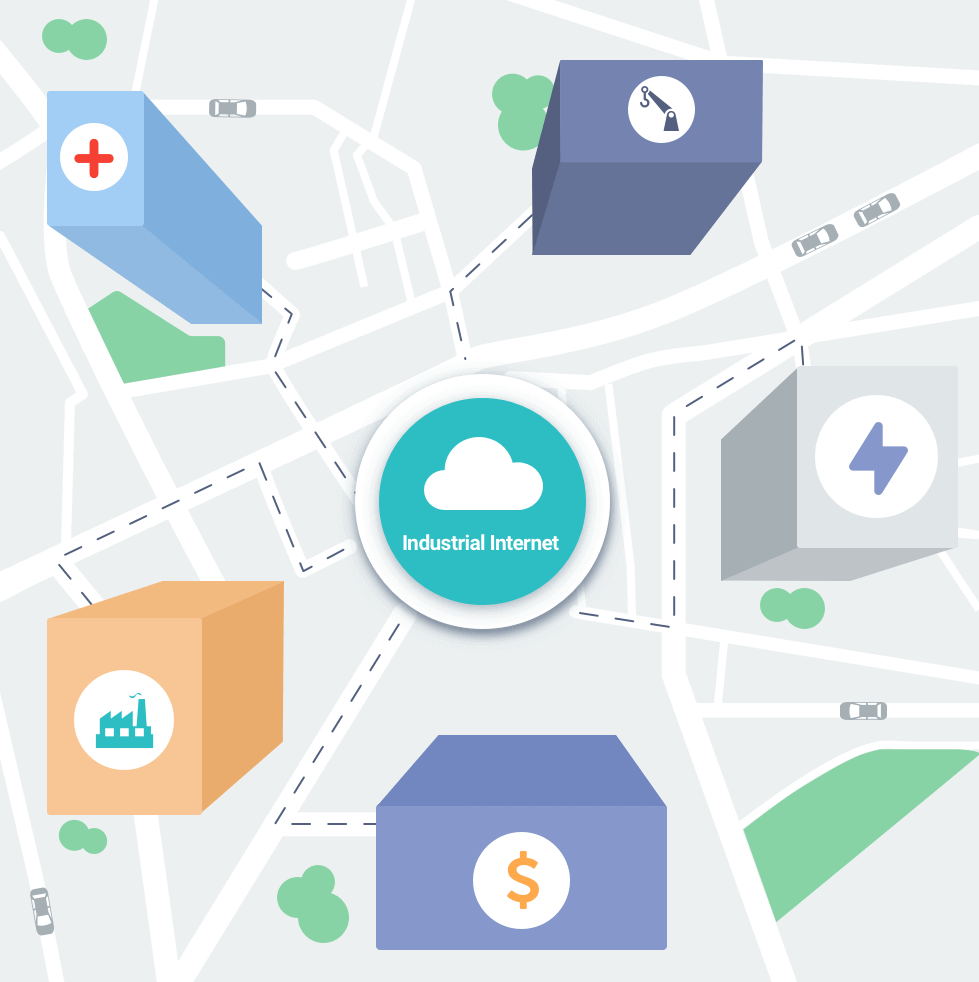
The question is obvious - after you have discovered the essence of IoT technology and what it is, why your firm still does not occupy tops like those who have already implemented these solutions in practice? If the only answer is in the fact that you don't know a reliable development company, you are as close as possible to the way out of the situation.
So, why should companies direct their resources to the introduction of the Internet of things into the production process? The analysis of IoT trends for 2018 allows for saying that these solutions will help to solve at least four tasks in business.
Understanding Customers
Many companies create products based on connected technologies that directly link them to the behavior and preferences of their customers. For example, Fitbit knows our sleep mode and the number of hours of training. Samsung can get user data from its smart TVs, and Rolls Royce is aware of how airlines use its jet engines. Even those companies that do not produce these devices can get data about users through IoT applications installed on their tablet PCs and smartphones, and then apply them to improve the efficiency of their business.
New Consumer Values
Using IoT technology makes it a part of your offer. So, the agricultural machinery manufacturer John Deere offers unmanned tractors and intelligent gadgets for agriculture to its clients, in which sensors control the soil condition and yield level, advise on suitable fertilizer and seeds.
Optimization of Production
Data from IoT-devices can improve the methods of company management, automate production and improve the efficiency of internal processes.
The service for carrying passengers, Uber with the help of the application for smartphones has developed an algorithm for monitoring traffic on the road in real time. These data allow for adjusting the cost of travel depending on demand and traffic congestion and control the number of drivers in the area. If there is an increased demand in a particular area, drivers are rerouted.
Increase Business Profitability
As you know, information is the main resource of our time. So the data generated by smart gadgets is of great value for the business. In addition to direct income, the data and the ability of the company to use them is one of the most important assets of modern enterprises. This is the same business asset that is important for the accounting and audit of the company (such as authorized capital, human resources or inventory).
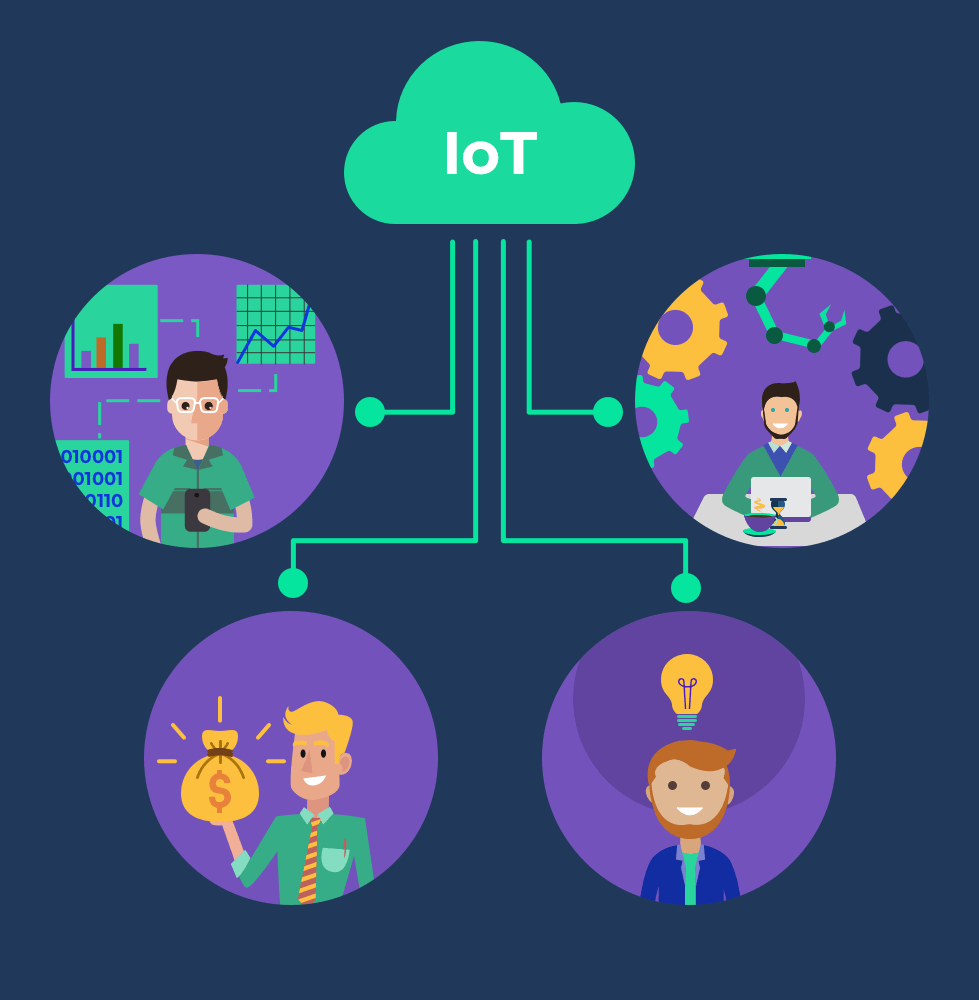
What Risks Can Be Associated with This?
Now, all of what we have already talked about is certainly innovative, profitable and effective. However, as you know, there are no absolutely safe processes in the universe, so it makes sense also to honestly say what is the risk of the Internet of things.
The main one is a security issue. Experts say that up to 80% of devices will be vulnerable from the outside.
The development of these technologies opens up real scope for the activities of cybercriminals, and cases that have already become precedents confirm this. For example, we can say about the attack that took place in Iran on a uranium enrichment plant, or a massive attack on a number of popular resources, services and social networks in 2016. This threat becomes especially dangerous if we talk about clever things in the field of medicine and health. So, criminals could seize control of a pacemaker or another device that supports the viability of a human organ.
Thus, the test that stands today before the development of IoT solutions is to give them the ability to adapt and self-repair in the event of an unauthorized intervention. To this end, it will be necessary to develop additional mechanisms for identifying and protecting confidentiality.
For example, this approach can be implemented using the Object Naming Service. This is a model of secure data transmission that provides anonymity, reliability, and resistance to attacks when using smart innovations.
There is also an approach based on the WSN - Wireless Sensor Network. Its essence lies in the fact that the user's access to the device occurs with the help of a specially generated key using the key distribution protocol. Thus, it provides mutual authentication between users, sensory nodes and gateway nodes. In order to apply such a scheme for an architecture with limited resources, only simple hash and XOR calculations are used.
In the segment of the industrial Internet of things, the problem is solved in a radical way. It will have strict rules and regulations, as well as special security protocols. For critical devices, absolute network reliability will be necessary, because the slightest failure can lead to injuries or death of people.
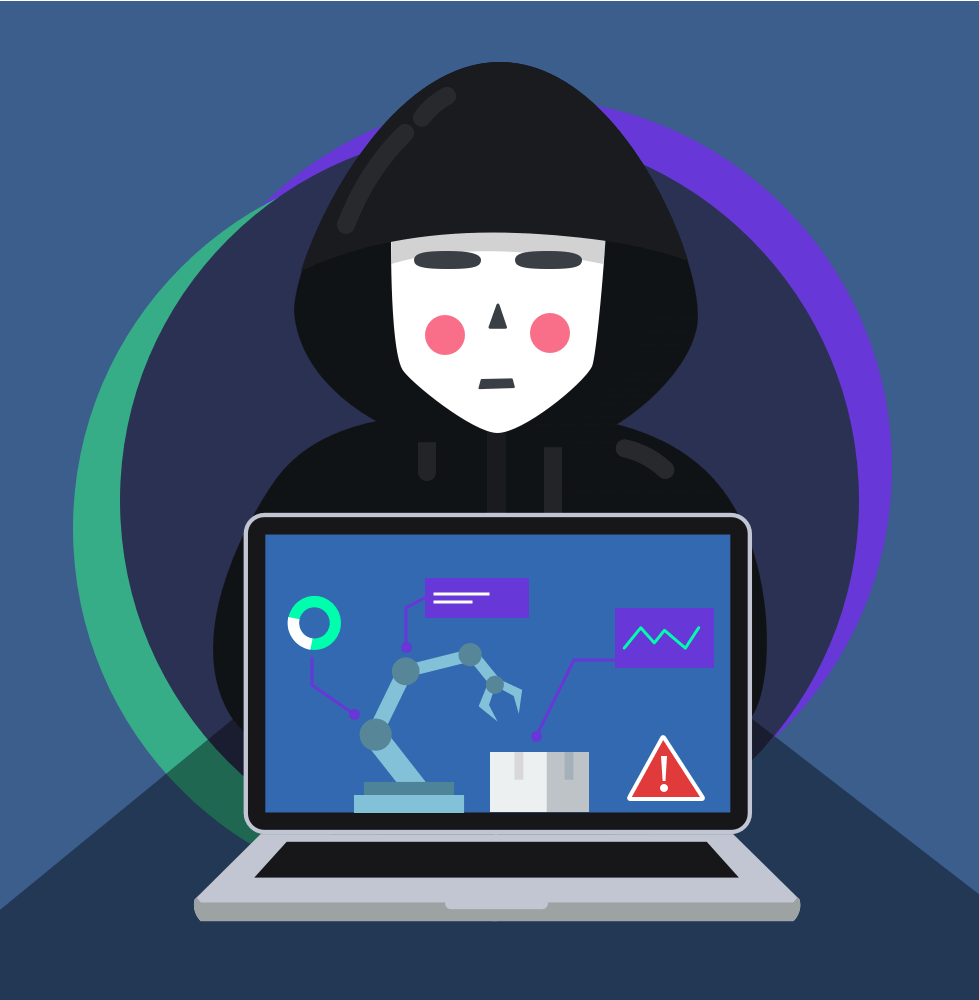
WOXAPP Is Ready to Offer You an IoT Solution Developed Just for You
We understand more than anyone else that in a number of countries this innovation has not yet acquired proper development. At the same time, we as a developer, and you as our potential client, can make our contribution to improving this situation.
You already know about all the advantages of this technology, as well as understand the scale of risks. For our part, we can offer you a high-quality product development, which will satisfy your business needs as much as possible. In order to ensure this, we use advanced technologies, develop best ideas and constantly make our coders develop their skills according to the specific project.
Moreover, taking into account the threats we have mentioned above, we make security our main priority in the IoT solutions development. In order to achieve the highest possible security for today, we use the latest innovative technology and sophisticated verification systems.
On a Concluding Note
Of course, one can oppose the spread of the IoT, deny its trends, but still, it is impossible to block the path to progress. The wisest choice in this situation is to get the practice of implementing IoT on simpler projects that are of use to the business, but which do not pose a high risk for the continuity of production. The first implementation surely will give confidence, and you can include IoT in the IT strategy of your company without any fears and take it not as a destabilizing factor, but as a reality that you need to use for your own profit.





